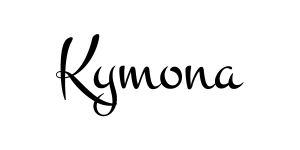Hello everyone!! I’m here today participating in the Aurifil Artisan October Challenge – Bag Making! Yayy!!
I’m pretty excited about this challenge because I started my sewing journey with a tote bag. My daughter taught me how to sew a tote bag. I was so excited to see the finished bag. I held it up next to my daughter’s bag and laughed so hard. My handles were all wrong. My daughter said, “Mom, don’t worry, it can go on your bike handles.” I laughed even harder because I didn’t own a bike.
Since that day, I’ve been making bags and loving it.
Take a look at my mini bag:

This mini bag perfect for my daughter. Her keys, money, and ID can fit in this mini bag when we are going out. Now she can put her belonging in my bag and find them when she needs them, LOL!

Bag Elements:
I used 5 different fabric patterns. Matching up the different fabrics was fun, and I need to do it more often.
The lining is just a cute as the outside of the bag.

I learned how to do Sashiko stitching some time ago. I love adding it to different projects. It was a must for this one. It adds texture and dimension.
Aurifil thread is perfect for a bag like this. The different thread weights create the texture.
The beaded zipper pull is a fun element that matches the fabric perfectly.

Take a Closer Look:


Making this bag was fun and took no time at all. I want to make a bigger version and possibly add a wristlet. Now that would be cute.
Pattern found in the Making No. 6 Magazine.
Thanks for stopping by!






































